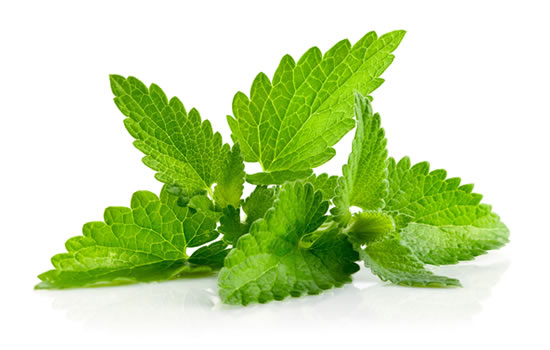Self-injury is a complex behavior that is usually misinterpreted. It is the intention of harming the body by oneself and without suicidal intent, most of the time as an unhealthy way of coping with emotional pain. In this article, we will discuss some of the myths, lay down the facts, and offer some guidelines on how to support someone who is engaging in self-injury.

Myths
Myth 1: Self-Injurers Are Attention Seekers
Truth: Most self-injurers put much effort into hiding their injuries. Such people often have shame and guilt regarding such acts, and they usually don’t want to speak out about their emotional pains.
Myth 2: Self-Injury is only done by Teenagers
Truth: Even though self-injury has been reported more in teenagers, it is not particular to only this age group. Adults, especially old age persons may also be involved in self-harm as a way to cope.
Myth 3: Self-harm Is a Suicide Attempt
Truth: A person injuring him or herself may have an increased risk of suicidal behavior, but this does not mean they want to take their life. Self-harming is often a way some individuals cope with unbearable emotional pressure.
Myth 4: Self-Harm individuals Can Stop If They Want
Truth: Self-injury is often an urge and with time, it can turn into an addiction. Even if people want to, a good number of them will find it difficult to stop.
Myth 5: Self-Injury is All About Cutting
Truth: Cutting may account for the major self-injury type, but it is not just that. It includes scratching, hitting, causing wounds that will not heal or performing some risky actions.
Facts
- It usually serves as a coping mechanism for psychological distress. Most people tend to use self-harm as a form of temporary relief from anxiety, depression, and trauma.
- While it is associated with various mental illnesses such as depression, borderline personality disorder (BPD), and post-traumatic stress disorder (PTSD), it does not belong strictly to any particular disorder as a diagnosis.
- Support and understanding play a vital role in recovery. Compassionate support will make a huge difference to them in their healing journey.
How to Support a Self-Injurer
1. Have Compassion: When you know or suspect someone self-harms, express concern and that you are there to support them without judgment.
2. Open Communication Should Be Encouraged: Allow a zone where the individual feels free enough to speak about their emotions. Do not pressure an explanation, listen attentively while validating emotions.
3. Encourage Their Healthy Coping Mechanisms: Give options for replacing self-injury, such as writing, exercising, learning a breathing technique, or an art activity, like drawing or playing music.
4. Encourage Them to Seek Professional Help: Therapists, counselors, and support groups can be incredibly beneficial. If the individual can connect to a professional that may be of help, encourage him/her to undergo counseling.
5. Acquire Knowledge About Self-Injury: When you learn about self-harm, you can be a more supportive person. So read about it from credible sources, consult with professionals, and perhaps join a support group for the relatives of others who self-injure.
6. Be Patient and Steady: It may take time to heal, and there may be setbacks. Continue with your encouragement, but never make them feel pressured to “get better soon!”.
In conclusion, self-harm is a serious issue that requires compassion, understanding, and support. By reframing the myths, learning the facts, and offering non-judgmental support, we can help people who self-harm so they do not feel alone and are empowered to seek help.









